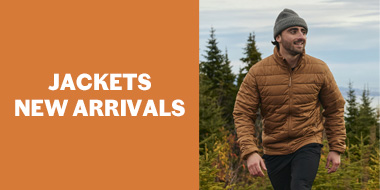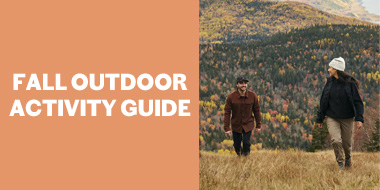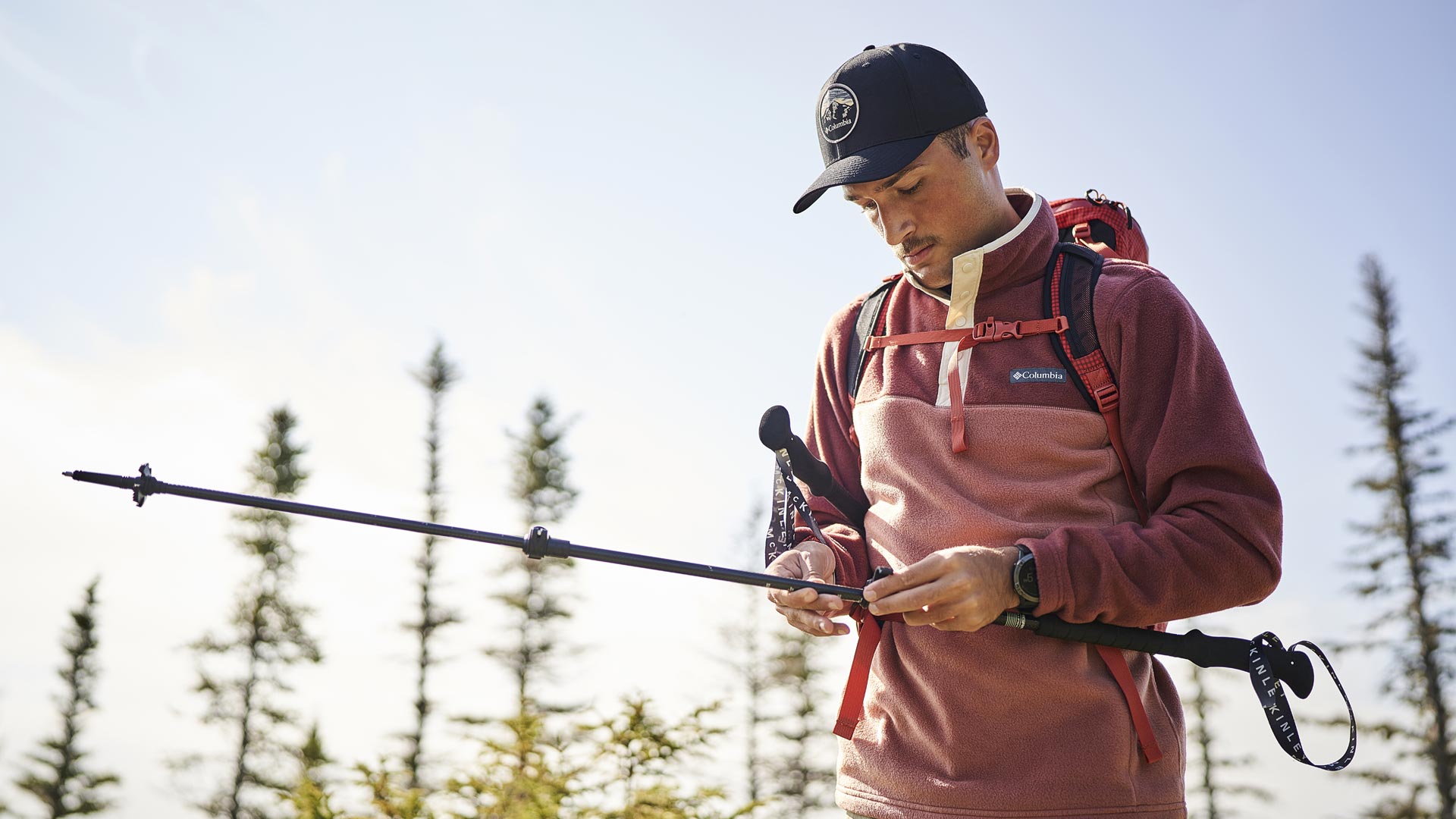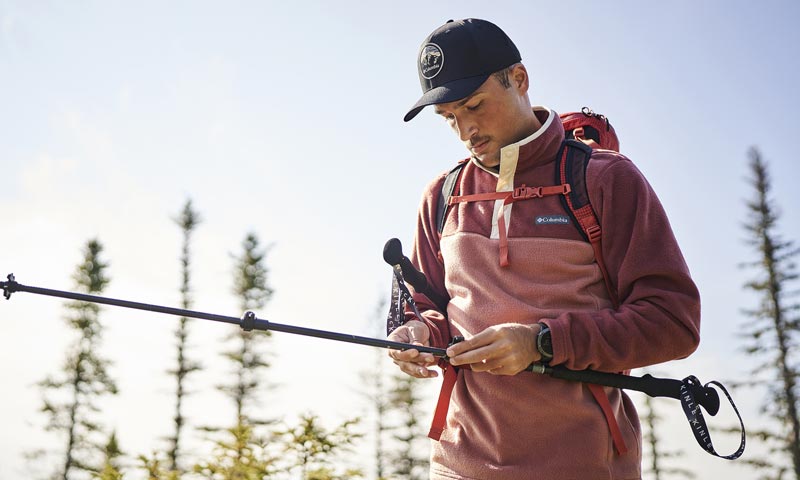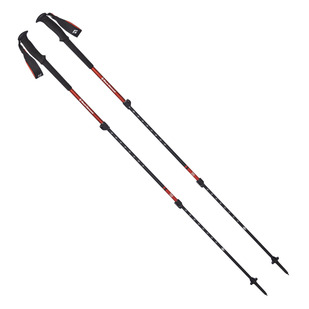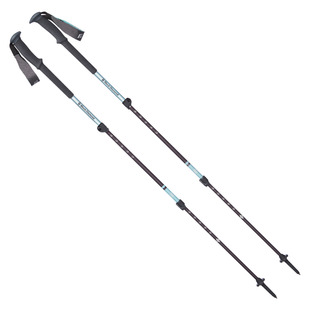There are many reasons to use hiking or trekking poles. They are mainly used to make your hike easier, whether it’s an all-day hike, an overnight hike, or just a few hours of walking.
Impact Reduction
By distributing the weight between your arms and legs in a balanced way, hiking poles help reduce the impact on your joints: knees, ankles, hips, and even the spine! When hiking up a mountain, poles are also useful as they help take some of the weight off your legs.
In other words, hiking poles play a cushioning role. This is especially useful when carrying a backpack or heavy loads that tend to destabilize.
Better Balance
The load distribution offered by the poles contributes to a better balance. This increased stability supports you through all kinds of obstacles: uneven slopes, under-groomed trails, etc. The risk of injury is reduced, both during the hike and in the long run!
Better Hike, Better Health
In addition to absorbing some of the physical effort, hiking poles encourage better posture throughout the hike and stimulate better circulation in the hands, which often swell during physical activity.
By making it easier for you to work your way up and down the mountain, this hiking accessory allows you to maintain a steady walking pace, reduce muscle fatigue, and regulate your breathing. Yes, hiking poles even have cardiovascular benefits!
There is nothing like a tool that allows you to reach the summits more easily while improving your physical condition.



